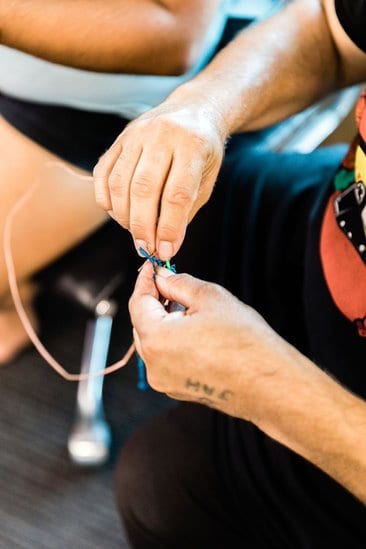Making sure you’re paid and treated fairly: Indigenous Cultural and Intellectual Property
Eden Fiske
- Career & Business, Money Lessons

In the past few articles of this series, we’ve been taking a dive into the various issues, strategies and lessons that arise when looking at managing your own rights as a First Nations artist or creator. This topic is both increasingly broad and massively important, not only because it reflects broader changes, and need for change in so-called Australia, but because Mob are such creative, driven people. People who have the cultural and creative assets that are highly valued by the general public and by the arts institution, as well as both the corporate, government and private sector.
There are a number of steps that First Nations artists can take to protect their creative output, intellectual property and career trajectory.
However, to date, we haven’t covered some of the more complex subjects around where to turn when these personal strategies don’t cover you entirely. Because of this, we will take a look in this article at the concept of Indigenous Cultural and Intellectual Property – or ICIP for short.
What is Indigenous Cultural and Intellectual Property?
Indigenous Cultural and Intellectual Policy refers to the rights that Mob have and are continuing to fight for when it comes to protecting ourselves and our work in the Arts.
As we mentioned in other articles, Aboriginal art is a deeply lucrative practice, which means there is often the need for protection to be put in place to help us not end up at the wrong end of the stick, financially speaking.
ICIP can sometimes also be called “Cultural Heritage” – a term I’m sure a lot of Mob have heard plenty. It extends between many creative mediums including visual art, music and song, writing and language, along with a plethora of other modes of cultural expression and knowledge.
Some of the key aspects of ICIP are protections for individual performer/artists rights, which can include making sure intellectual property isn’t stolen or repurposed without your consent or knowledge.
ICIP can also cover specific designs and cultural materials that an artist can justify as their own, meaning that if anyone were to take advantage and repurpose your artwork without consent, you should have protection.
Given some of these rights are still being fought for, it’s worth looking at how your specific type of creative output is covered and what still needs to be protected in other ways.
As Mob, we have a responsibility to ourselves and our peers to keep Culture strong and healthy in any way we can, and not allow others to take advantages of the great knowledge that artists possess.
Like every article on TomorrowMoney, this is not personal or legal advice.
Let us know if you liked this article
Let us know if you liked this article




